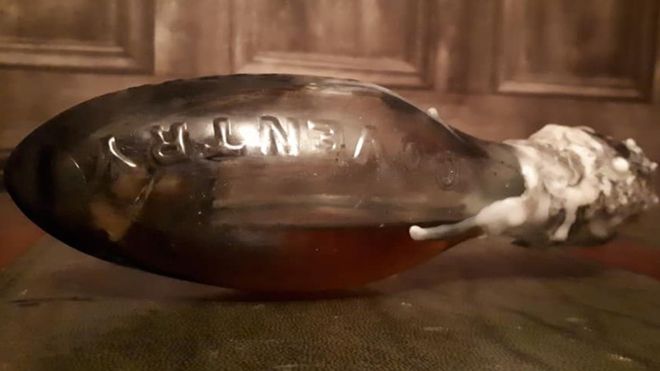Ancient anti-witchcraft potion found at old Northamptonshire pub
Throughout Western Europe, about 200,000 witches were murdered, burned, or hanged, between 1484 and 1750 according to historians, while between 1644 and 1646, around 300 so-called witches were killed.
In the 1560s, the practice of witchcraft was a major offense. Many witches in Britain were often old women and were part of poor families.
A Victorian bottle that is supposed to be used to prevent evil spells has recently been found. As per the experts in Watford, Northamptonshire, the bottle has been found at the birthplace of the witch.

Angeline Tubbs, a famous witch, who is still a popular name, was born at the former Star and Garter Inn at Watford village in 1761.
Known as the Witch of Saratoga she is one of the major subjects of ghost tours at Saratoga Springs in New York, where she moved at the age of 15 and used to foretell the future.
But the 19th-century weird bottle was found during roof repairs of her house in Northamptonshire.
The bottle contains fish hooks, human teeth, glass, a liquid and suddenly appeared after several years when a chimney was demolished at the building.

As reported by BBC, Dr. Ceri Houlbrook, lecturer in folklore and history at the University of Hertfordshire said, “It’s certainly later than most witch bottles, so sadly not contemporary with Angeline Tubbs, but still a fascinating find.”
The researchers who studied the bottle at the Museum of London Archaeology mentioned that such vessels were believed to have been used as a protection method hundreds of years ago.
As per the experts, earlier these glass or stone vessels were found under the floors of historic buildings, mostly in the churchyards and riverbanks.
It should be mentioned that most of these vessels had contained weird things, such as human nails and pins as well as human urine





